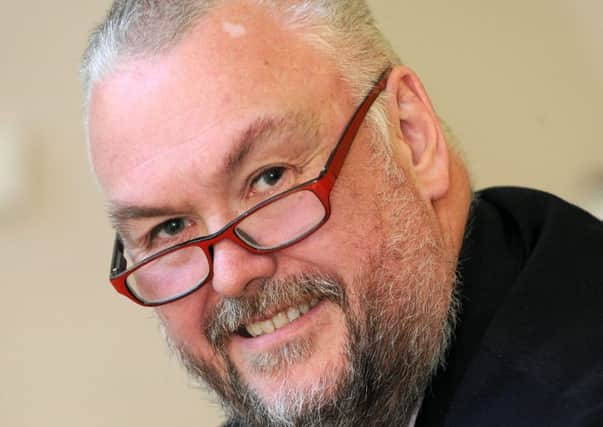Scottish accident and emergency departments ranked top in UK


An annual report from NHS Scotland chief executive Paul Gray said unscheduled care had its best performance for four years in 2015-16, with A&E staff dealing with 94.1 per cent of cases within four hours.
That is below the Scottish Government’s interim target of having 95 per cent of patients in emergency departments either admitted, transferred or discharged in that time.
Advertisement
Hide AdAdvertisement
Hide AdBut the report said that, over the year, “Scotland saw the best performance throughout the UK for the first time since records began”.
It added: “Scotland’s core A&E departments have been the best performing in the UK since March 2015.”
The NHS in Scotland also cut bed blocking, known as delayed discharge, by nine per cent last year and met one of the key waiting times targets for cancer treatment, according to the report.
A total of 95.7 per cent of patients began treatment within 31 days of a decision being made on how best to care for them in 2015-16, narrowly exceeding the 95 per cent target set by ministers.
But the goal of having 95 per cent of patients beginning treatment within two months of being referred after cancer is suspected was missed, with this occurring for 90.8 per cent of those affected.
The number of babies who are stillborn continues to be reduced, reaching the lowest rate ever of 3.8 stillbirths per 1,000 births in 2015.
Deaths amongst those aged under 75 have “reduced substantially” over the last decade, with the report saying improved treatments and a greater focus on preventing ill health had contributed to a 17 per cent reduction since 2005.
Early deaths from cancer have fallen 13 per cent over this period, the report added, with deaths from heart disease and cerebrovascular disease - such as strokes - having fallen by 41 per cent and 37 per cent respectively.
Advertisement
Hide AdAdvertisement
Hide AdThe year 2015-16 was the first that spending on the NHS in Scotland exceeded £12 billion, amounting to 40 per cent of all Scottish Government expenditure.
In 2016-17, this will rise to a record level of almost £13 billion, with the report stating that health boards have received a 5.5 per cent increase in their budgets.
Staffing levels have also increased, with the NHS employing the equivalent of more than 138,000 full-time workers in 2015-16.
Mr Gray said: “As my report highlights, the NHS in Scotland has come a long way this year. Our hospitals are safer, we are diagnosing more people with cancer earlier, and innovative new healthcare treatments and technologies are being rolled out across the health service.
“Satisfaction with the NHS in Scotland remains high, with 90 per cent of hospital inpatients who participated in the Scottish Inpatient Patient Experience Survey in 2015 reporting their overall care and treatment to be good or excellent and 87% who responded to the Health and Care Experience Survey 2015/16 rating the overall care provided by their GP practice as good or excellent.
“But we are far from complacent. I very much recognise the challenges and pressures, and that there is still much to do in tackling inequalities and improving the health of the population - which NHS Scotland cannot do on its own.
“Across the whole of our health and social care system, it’s important that we drive transformational change so that people have access to the best possible care when they do need it, and that we manage our resources efficiently and sustainably in pursuit of that aim.
“So, while challenges and pressures remain, I have confidence in the people working throughout NHS Scotland, and our partners, and I know that they are committed to delivering the best possible care for patients.”